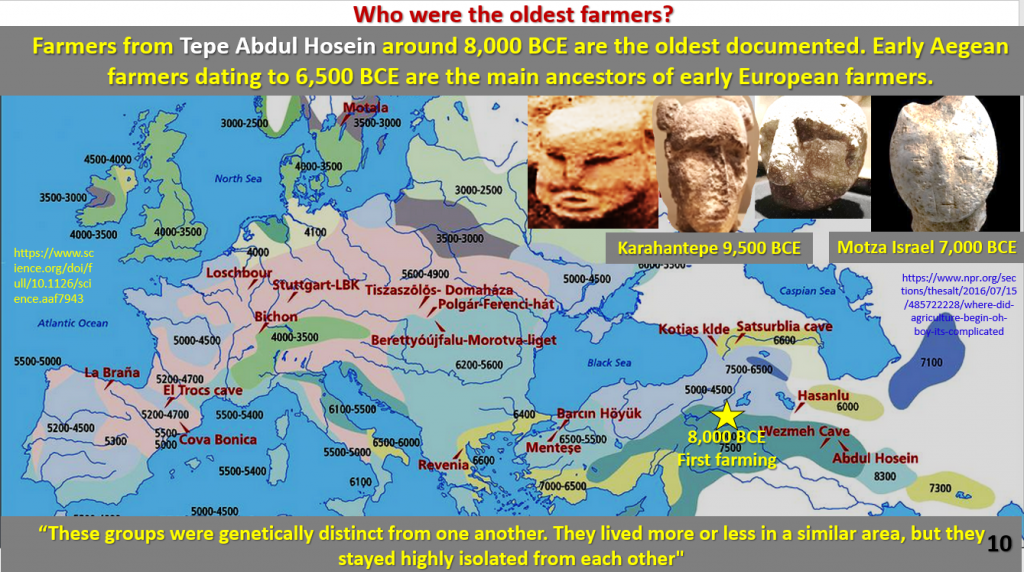Figure 10. Who were the oldest farmers. What did they look like?
This is part 4 of the webinar on copper mining possibly kickstarting modern civilisation.
This link gives access to my 8 AusIMM webinars done between 2013 and the present. This webinar is the 3rd from the bottom – https://www.ausimm.com/search/?term=watchorn&rootId=205831
We now go to the other side of the mining/farming story.
Who were the oldest farmers? This plan shows that the earliest animal and grain farming in the Gobeklitepe area started about 10 – 8,000 BCE https://www.researchgate.net/figure/Map-of-Early-PPN-sites-in-Southwest-Asia_fig1_259726283 . However, this date is obtained from documentation of grains gathered at the sites, which may or may not have been produced by large-scale farming.
Large-scale is the operative word! Large-scale farming would have needed to have been in existence over a wide area to provide the surplus food to trade or eat while the very advanced Gobeklitepe temples were being built. Is there evidence of this?
Current research suggests that he earliest European large scale farming only started about 6,500 BCE in the Greece area https://www.scientificamerican.com/article/when-the-first-farmers-arrived-in-europe-inequality-evolved/ . This is 2,000 years after metal mining in the Gobeklitepe area.
What did our earliest ancestors look like?
We will now have a look at what our ancestors looked like in 9,500 BCE.
When I was assembling the data for the webinar I found, in and around Gobeklitepe and Israel, statues of various heads that illustrated the big ethnic diversity of the people that lived there between 10,000 and 7,000 BCE.
The description starts from the left-hand side of the row of heads at the top of Figure 10;
- This head has affinities with the large round heads, with big lips and a flattened nose, seen in Central America (https://en.wikipedia.org/wiki/Olmec_colossal_heads) and it also looks like African heads seen in Egypt and also like some of the faces on the Chinese terracotta army statues (https://en.wikipedia.org/wiki/Terracotta_Army). The face with the big lips was carved projecting out of the wall of the pit.
2. Has long face, Scandinavian features?
3. Has Middle Eastern features?
4. Has East Asian/Mongolian features.
It is presumed these heads are of people in the local district and thus there was a very diverse ethnic population.
I researched these ethnic peculiarities and found that very recent DNA studies showed that these people in the Turkey/Israel area had previously lived in small ethnically discrete areas for up to 20,000 years with very little mixing between them. They were very diverse in their DNA https://www.nature.com/articles/s41467-019-09209-7 .
The Explosive start of urbanised civilisation. Speculation?
I suggest that this older non-mixing of local people means that prior to 10,000 BCE, that civilisation had not commenced in this area. If all of the different faces in the temples means that the population was intermingled at 10,000 BCE then this suggests that the advanced, urban civilisation started very suddenly (explosively)! People, attracted by better living conditions in the Harran Plain area migrated in from the surrounding areas and coalesced into large (up to 7000 people in Çatalhöyük) urban populations.
Does local farming prompt such sudden immigration, no. But mining of rich ore deposits does.
Even the recent history of Australia supports this fact.
What were the most important catalytic cities in Australia for immigration. Not Sydney, Melbourne, Brisbane, Adelaide, Hobart or Perth. These ‘funnel’ cities had glacial development until gold was found at Ballarat and Bendigo in 1851 and a gold rush started around Australia ending in Kalgoorlie in 1893.
Most of the other metal mining fields were also discovered in this rush.
Australia’s population in 1850 was 400,000 (an average of 90,000 per decade of which 150,000 had been convicts https://www.familysearch.org/en/wiki/Australia_Convict_Records). however this had increased to 3,765,339 by 1900 (an increase of 673,000 per decade) because of mining!
The next post will be about the technological advancements of Gobeklitepe and surrounding ‘cities’.
Discover the first word of the oldest written language. A word shared with the Aboriginal inhabitants of faraway Australia??
Share this post with your colleagues.
I think I’ll trace Abraham’s (from the Bible) genealogy back and see how close it comes to the 9,500 BCE of Gobeklitepe. Abraham went ot his relatives in the Haran Plain after he left Ur. He also sent his son to marry a lady from there showing the close connection with the ancient Gobeklitepe civilisation.
Happy ancestor hunting!
Bob Watchorn

